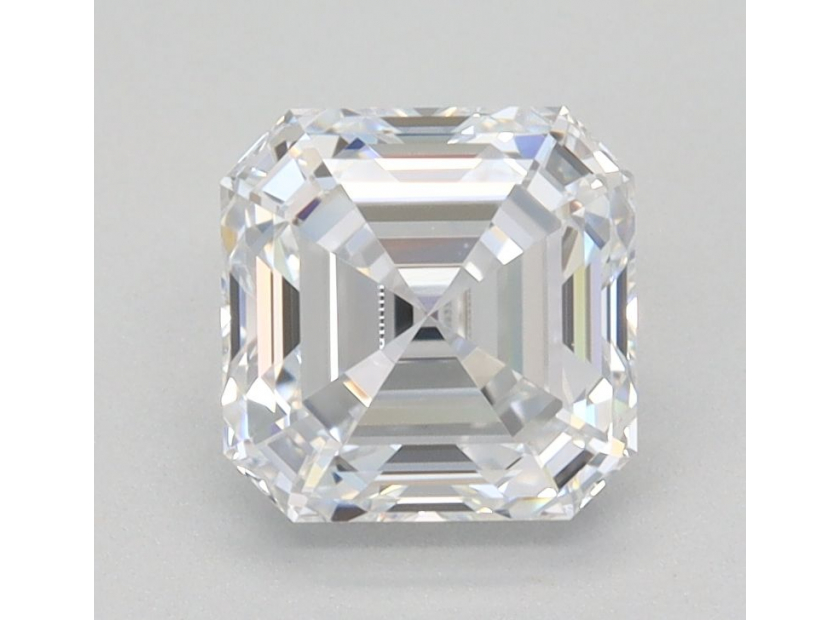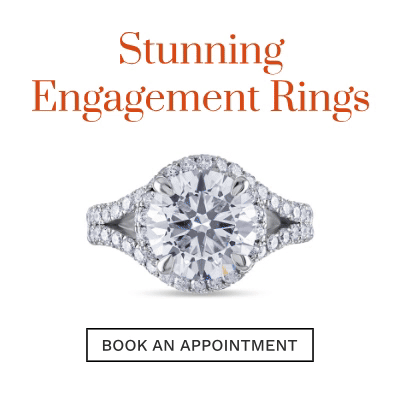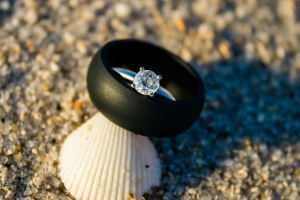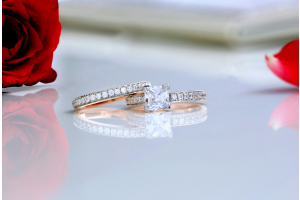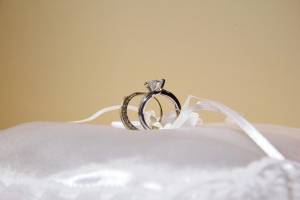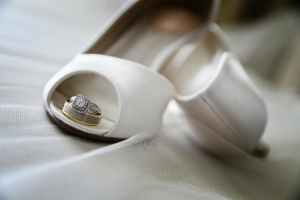GBP
/
GBP
/
Shipping to:
Currency:
VVS1 vs. VVS2 Clarity Diamonds – A Detailed Comparison for Informed Buyers
The nuances of VVS1 and VVS2 diamond clarity
When purchasing diamonds, it is essential to grasp the subtle differences between VVS1 and VVS2 clarity. Both of these clarity grades fall within the “Very, Very Slightly Included” category, which is second only to the "Internally Flawless" category. Although the distinctions between VVS1 and VVS2 may be microscopic, they can significantly influence the diamond’s value and visual appeal.
VVS1 diamonds have inclusions so minuscule that they can only be detected by an expert gemologist using 10x magnification. These inclusions are typically located near the edges of the diamond, making them virtually impossible to see, even under close examination.
On the other hand, VVS2 diamonds possess inclusions that are slightly more noticeable under 10x magnification. However, these inclusions remain incredibly difficult to spot and are invisible to the naked eye. The primary difference between VVS1 and VVS2 lies in the position and number of these minute inclusions.
When deciding between VVS1 and VVS2, it is crucial to consider your priorities. If you are seeking a diamond with nearly perfect clarity and minimal inclusions, a VVS1 diamond is the ideal choice. Conversely, VVS2 diamonds offer a more affordable option while still maintaining a level of clarity that is indistinguishable to most viewers without magnification.
VVS diamonds: A testament to precision and craftsmanship
VVS diamonds represent the pinnacle of craftsmanship. The meticulous process of cutting, polishing, and grading these diamonds ensures that only the finest stones receive the VVS1 or VVS2 clarity grade. This precision guarantees that VVS diamonds are not only breathtaking to behold but also retain their value exceptionally well over time.
Choosing a VVS1 or VVS2 diamond is a testament to your appreciation for quality. These diamonds are highly sought after by those who understand that true beauty lies in the details. Whether for an engagement ring, a special anniversary, or simply as an investment, a VVS diamond is a symbol of elegance and enduring value.
FAQ
What does VVS1 clarity mean in diamonds?
VVS1 clarity indicates that the diamond has very, very slight inclusions that are extremely difficult to see under 10x magnification. These inclusions are usually located near the edges of the diamond.
Is there a noticeable difference between VVS1 and VVS2?
While both VVS1 and VVS2 diamonds have inclusions that are not visible to the naked eye, VVS1 diamonds have fewer and less noticeable inclusions under magnification compared to VVS2.
Which is better, VVS1 or VVS2?
VVS1 diamonds are technically of higher clarity, but both grades offer exceptional clarity that is indistinguishable without magnification. The choice depends on your budget and the level of perfection you desire.
Are VVS2 diamonds a good investment?
Yes, VVS2 diamonds retain their value well and are considered a good investment due to their high clarity and quality.
Why are VVS diamonds more expensive?
VVS diamonds are more expensive because they have fewer inclusions, making them rarer and more desirable.
Can you see inclusions in a VVS2 diamond?
Inclusions in a VVS2 diamond are extremely difficult to see, even under 10x magnification, and are invisible to the naked eye.
Do VVS1 diamonds sparkle more than VVS2 diamonds?
The sparkle of a diamond is more influenced by its cut than its clarity. However, the higher clarity of VVS1 diamonds can contribute to a cleaner, more brilliant appearance.
Is it worth paying extra for a VVS1 diamond?
If you prioritise the highest possible clarity and are willing to pay a premium, a VVS1 diamond may be worth the extra cost.
How do VVS diamonds compare to other clarity grades?
VVS diamonds have fewer and smaller inclusions compared to lower clarity grades, making them more desirable for their purity and brilliance.
What is the best setting for a VVS diamond?
A setting that showcases the diamond without obscuring its clarity, such as a solitaire or halo setting, is ideal for a VVS diamond.


